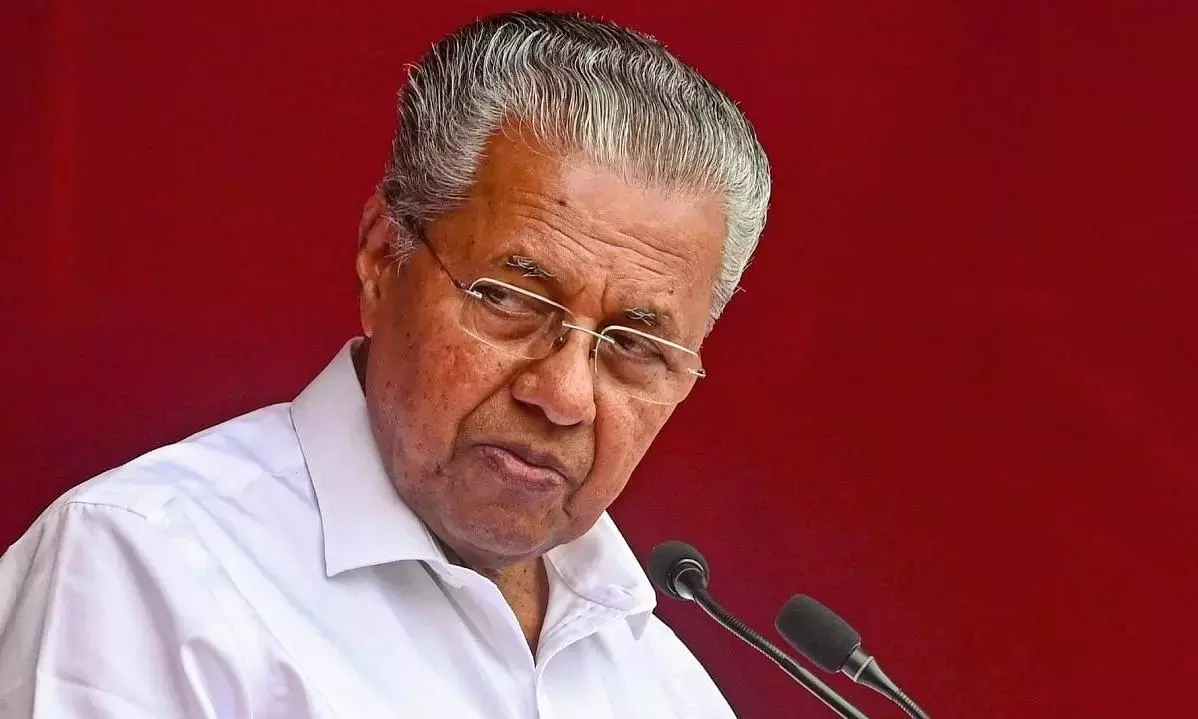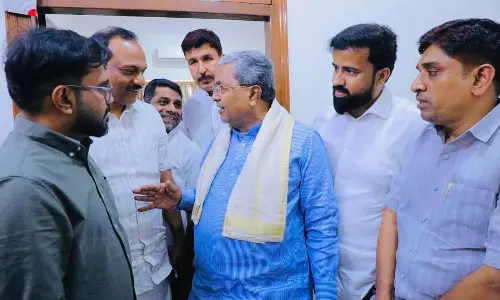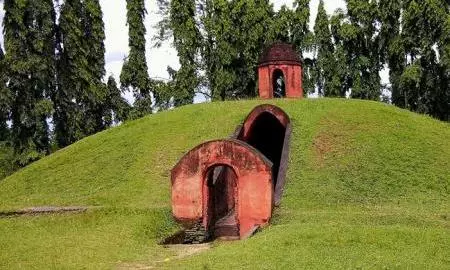
PM Modi picks Assam's Charaideo Maidam for UNESCO heritage site
text_fieldsGuwahati: Assam Chief Minister Himanta Biswa Sarma announced that Charaideo Maidam of the Ahom Kingdom has been chosen to be nominated to UNESCO as a World Heritage Site. Prime Minister Narendra Modi chose it out of 52 sites across India.
Charaideo was established by the first Ahom king Chao Lung Siu-Ka-Pha in 1253. Even when the capital was moved to other places over the next 600 years, the city remained a symbol of power for the dynasty. Today, it is known for the maidam aka the mound burial system, specifically those of the Ahom kings and royalty. There are some 31 maidams belonging to kings and around 160 queens. They are also known as the pyramids of Assam.
On January 16, CM Sarma wrote to PM Modi and said the Assam government has submitted the World Heritage Nomination Dossier of the cultural heritage site of Moidams to the Archaeological Survey of India, for onward submission to UNESCO for evaluation this year.
The Ahom community has been asking the government and UNESCO to nominate the place as a World Heritage Site.
The Ahom or Tai-Ahom is an ethnic group found in Assam and Arunachal Pradesh. The community is made of mixed descendants of the Tai people who arrived in the Brahmaputra Valley of Assam in 1228 and the local indigenous people who joined over the years. The Tais came after a long battle with the Chinese. It is concluded that they were either from the Mong Mao of South China or the Hukawng Valley in Myanmar.
Sukaphaa, the leader of the Tai group, and his 9000 followers established the Ahom kingdom. They controlled much of the Valley until 1826. The culture of modern Ahom people is a mix of original Tai practices and those of the local Tibeto-Burman people. Several local ethnic groups were absorbed into the folds of Ahom in a process later known as Ahomisation.























